History
Until the 17th century, optics developed without seeking to understand the nature of light.
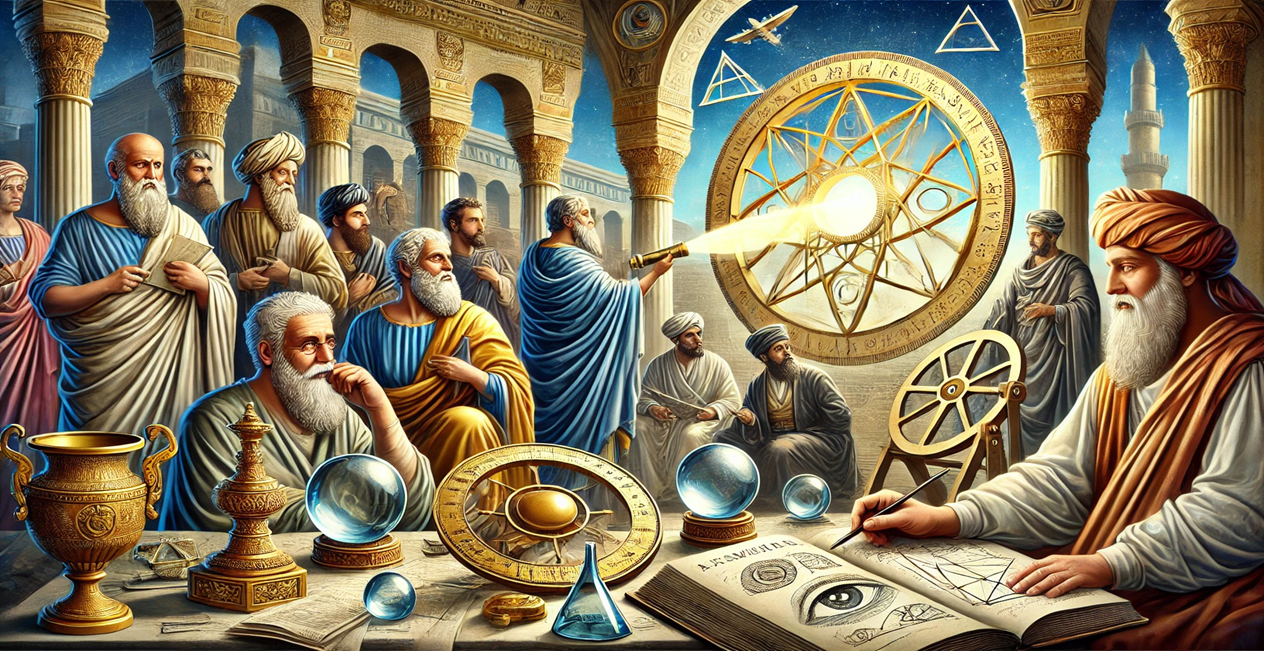
Antiquity
Assyria (612 A -C)
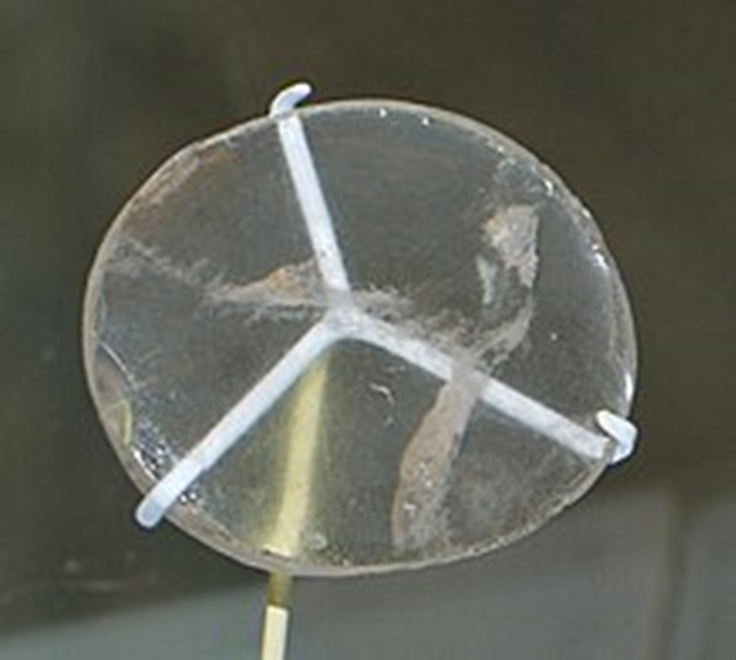
Nimrud lens: diameter 38 mm - around 750 BC. AD (British museum)
Similar lenses were made by the ancient Egyptians, Greeks and Babylonians.
The Romans and Greeks filled glass spheres with water to make lenses (burning glass) to light fires.
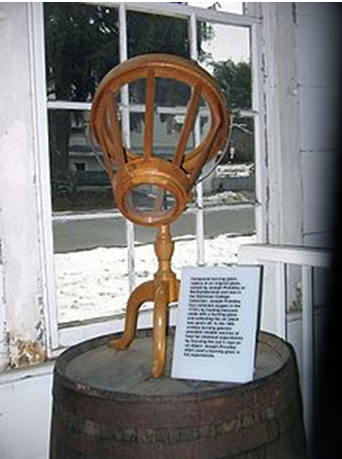
Replica (on a reduced scale) of the burning glass used by Joseph Priestley for the discovery of oxygen, exhibited in the laboratory of the Joseph Priestley House in the United States.
Archimedes (287-212)
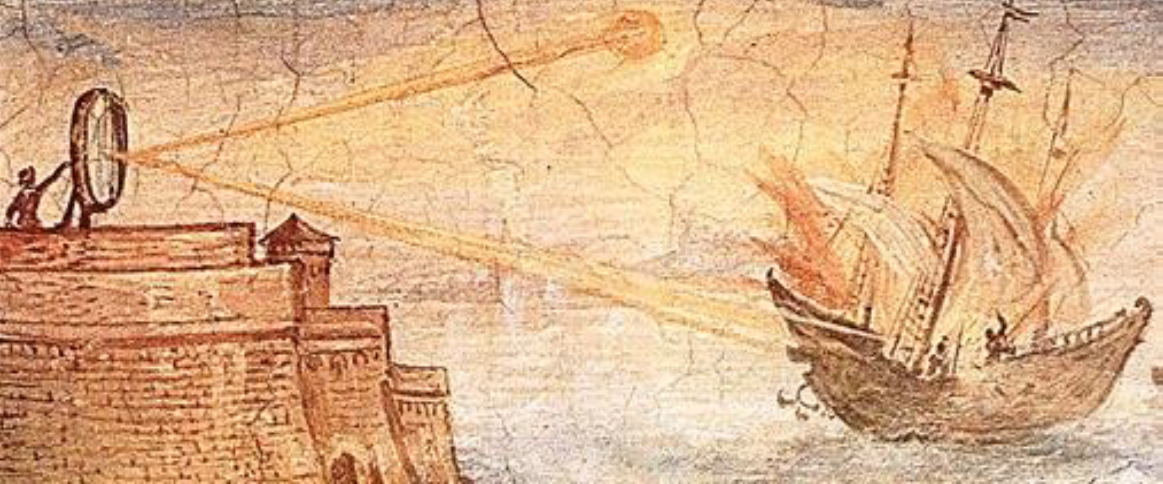
During the siege of Syracuse, it is said that the famous ancient scholar Archimedes set fire to the enemy Roman fleet by using mirrors to concentrate the rays of the Sun. Whether this event is true or legendary, it has long sparked debates.
Euclide (300 BC)
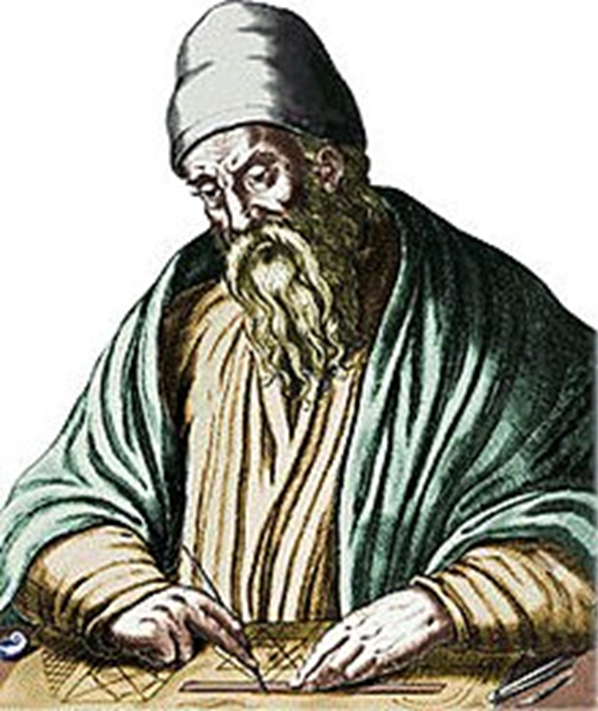
Is the author of a theory of geometric optics, Catoptrics (Mirror Theory), which sees the appearance of the notion of light ray.
Middle Ages
He analyzed vision as a phenomenon distinct from light. He was the first to experiment with the first models of darkroom, with single and double aperture, to confirm the rectilinear movement of light rays.

Abu Ali al Hasan al-Haitam

Structure of the human eye according to Ibn al-Haytham
Renaissance

Galileo Galilei (1564-1642)

Galileo's astronomical telescopes (1609)

Johannes Kepler (1571)
Kepler presents the principle of a telescope with two converging lenses
17th century – Scientific Revolution

Isaac Newton(1642)
By using a prism to split white light into a rainbow of colors, Newton broke down the light spectrum into distinct regions

Willebrord Snell (1580-1646)
Discovered in 1621 the laws (known as Snell-Descartes) of diffraction, fundamental elements of geometric optics.
18th and 19th centuries

Christiaan Huygens (1629-1695)
Proposes a wave theory of light and introduces the principle of wave front sources which henceforth bears his name. Newton's successes and his corpuscular vision of light will prevent the development of this theory.

Thomas Young (1773-1829)

Simulation of the Young slit experiment with electrons.
20th century: Quantum nature of light Middle

Albert Einstein (1879-1955)

Photons emitted in parallel coherent beams of six lasers
